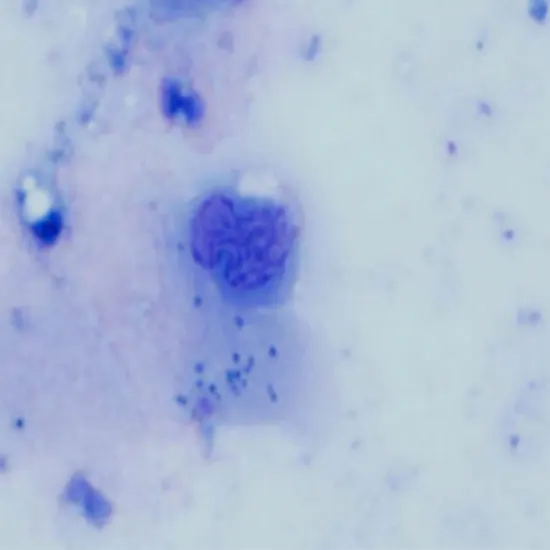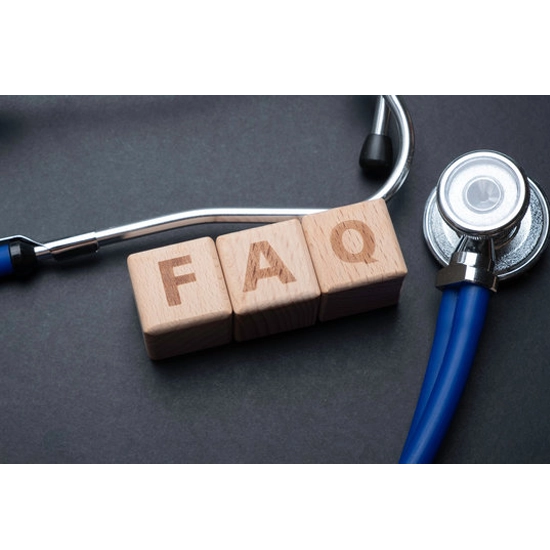
Book Conjunctival Swab for Gram Stain Appointment Online Near me at the best price in Delhi/NCR from Ganesh Diagnostic. NABL & NABH Accredited Diagnostic centre and Pathology lab in Delhi offering a wide range of Radiology & Pathology tests. Get Free Ambulance & Free Home Sample collection. 24X7 Hour Open. Call Now at 011-47-444-444 to Book your Conjunctival Swab for Gram Stain at 50% Discount.
For the inoculation of bacterial, viral, and chlamydial transport media, separate swabs are needed. Swabs or fluids should be directly applied to microscope slides and cultivated on agar plates at the bedside for suspected bacterial infections.
Employ aseptic procedure. Evert the lower eyelid slowly so that the conjunctival membrane is visible. Avoid touching the cornea when gently rubbing the conjunctival membrane with the swab. The cotton swab should be put back in its plastic sheath as soon as it is collected (placed into the transport medium.)
When Neisseria gonorrhoea infection or chlamydia are suspected, when herpesvirus infections of the cornea or conjunctiva are suspected, or when fungal infections are suspected, swabs should be taken from the conjunctiva and cornea to identify the organisms present.
What does a conjunctival swab test for culture and sensitivity entail? A lab test used to diagnose conjunctivitis, popularly known as pink eye, is the conjunctival swab. The conjunctiva, a thin, transparent tissue that lies between the white of the eye and the inside of the eyelid, becomes inflamed and is known as conjunctivitis.
An ordinary finding at low grades in the majority of contact lens wearers, however it can also be seen in cases of dry eyes and/or microtrauma from the lens edge.
It is crucial that an infection from one eye does not spread to the other as part of the treatment to maintain healthy eyes.
Gram-positive bacteria are mostly responsible for purulent bacterial conjunctivitis on a global scale. Staphylococcus epidermidis, Staphylococcus aureus, Streptococcus pneumoniae, and Haemophilus influenzae are the most frequent culprits.
infectious conjunctivitis
eye infection brought on by certain germs.
can be brought on by Haemophilus influenzae, Moraxella catarrhalis, Staphylococcus aureus, Streptococcus pneumoniae, and, less frequently, Chlamydia trachomatis and Neisseria gonorrhoeae.
Just collect 1-2 drops of fluid or scrapings from the center of a slide that has been labeled. Let the specimen gradually spread out between the two slides as you place the other labeled slide face down on top of the other. The two slides should be swiftly separated, much like opening a book, to produce a specimen that is mirrored.
A more modern method for studying the conjunctiva is conjunctival impression cytology utilizing cellulose acetate filter paper. A layer of cells from the conjunctival surface are collected using a millipore filter paper in this method.
In order to remove the outermost layers of the ocular surface epithelium, impression cytology involves applying a cellulose acetate filter to the eye's surface. After that, these cells can be examined using histological, immunohistological, or molecular methods.
Conclusion: Bacterial growth was primarily found in conjunctival specimens, with Pseudomonas species and Staphylococcus species as the two most common isolates.
| Test Type | Conjunctival Swab for Gram Stain |
| Includes | Conjunctival Swab for Gram Stain (Pathology Test) |
| Preparation | |
| Reporting | Within 24 hours* |
| Test Price |
₹ 675
|

Early check ups are always better than delayed ones. Safety, precaution & care is depicted from the several health checkups. Here, we present simple & comprehensive health packages for any kind of testing to ensure the early prescribed treatment to safeguard your health.